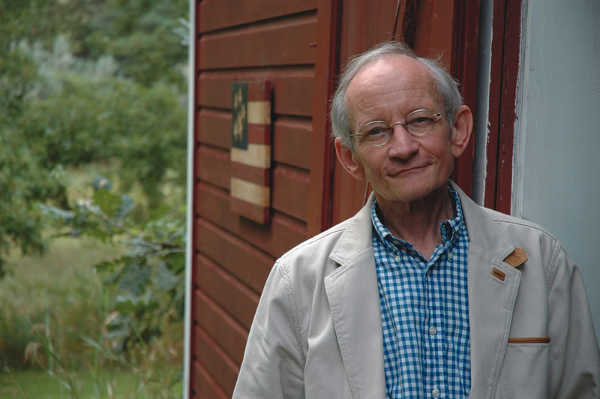- Ted Kooser
- Posted On
American Life in Poetry: Red Rover
The poet is a New Yorker, an editor at W. W. Norton, and a daughter grieving the loss of loved ones.
It's unusual for us to print two poems by one poet, in sequence, but this one and the one from last week go very well together.
Red Rover
We take our last walk.
Walls stripped of portraits,
warped mirrors, dressing tables,
and the grandfather clock
with its stoic face
and elaborate gentle fingers.
For years we struggled to break
free of the closeness of rooms,
the obligation of birth order,
the metaphysics that bind
one element to the other,
as if we were still wild girls
playing wild rover in the garden,
breaking through a chain of linked hands.
American Life in Poetry does not accept unsolicited manuscripts. It is made possible by The Poetry Foundation (www.poetryfoundation.org), publisher of Poetry magazine. It is also supported by the Department of English at the University of Nebraska, Lincoln. Poem copyright ©2015 by Jill Bialosky, “Red Rover,” from The Players, (Alfred A. Knopf, 2015). Poem reprinted by permission of Jill Bialosky and the publisher. Introduction copyright ©2017 by The Poetry Foundation. The introduction’s author, Ted Kooser, served as United States Poet Laureate Consultant in Poetry to the Library of Congress from 2004-2006.








